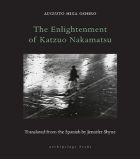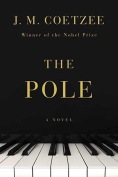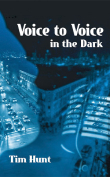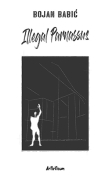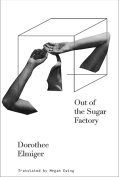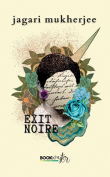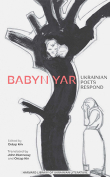Illegal Parnassus by Bojan Babić
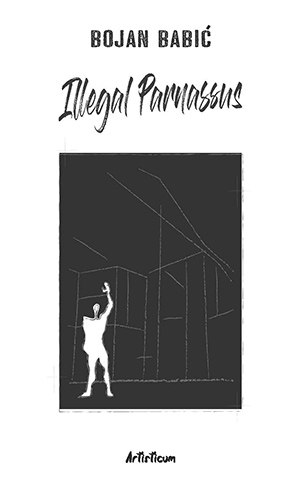 Stockholm. Artisticum. 2022. 133 pages.
Stockholm. Artisticum. 2022. 133 pages.
It takes ingenuity to write a novel combining a reckoning with the place of one’s birth and an homage to a great architect who was never there. And it takes courage to depict the protagonist’s (or author’s) relationship with both of these things as “unrealized,” just as the potential, if you will, of both the great artist and the hometown also remain unfulfilled. This memorable novel evinces both authorial qualities in spades. It is the second of author Bojan Babić’s (b. 1977) novels to appear in English translation, and it is a very good read. Babić writes, here and elsewhere, with a great deal of focus—one might say doggedness—for his works are intricate and erudite, and they succeed because he seamlessly melds concentration with concision and consistency.
The novel’s plot is simple, and the form is epistolary. A young architect, employed by a few visionaries in his postindustrial hometown, recounts his attempts to complete a giant spa complex comprised of scaled-down copies of seven famous projects of architect Le Corbusier (1887–1965). He admires the Swiss-French apostle of “pure function,” who reveled in the geometry of nature and found art in abstract patterns; but the young narrator also has something very concrete in mind. He is building a modern Parnassus, and he gradually attracts the region’s poets, painters, philosophers, and musicians to the “cells” of the spa, where they hold nighttime symposia. Before the complex is even finished, huge ruptures emerge, in the walls and in morale, and a series of dramatic confrontations result in the imprisonment of the young narrator. From jail he writes to a long-dead Corbusier, recapping the sad story of the great experiment.
What we have here is a study of the timelessness of artistic striving, the futility thereof, or a bitter commentary on the human condition. The idealistic young architect bounces between discussions of the immortality and purpose of art, a God complex, murderous impulses, and nightmarish deviance. It’s true that contemporary “institution men” here are corrupt and the “establishment” is bureaucratic and unresponsive. But the emotional weight of the novel lies elsewhere: everybody is a prisoner of something, and it’s not about where you are or what you believe. This is simply how our world is.
John K. Cox
North Dakota State University





